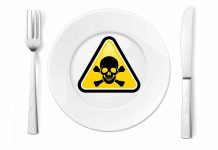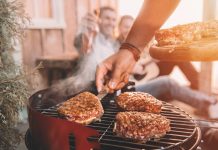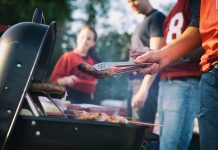Summer’s almost over and it’s time to plan for one last long weekend party. Grill masters, make sure you don’t forget your food safety practices before firing up the grill one last time for the season and avoid food illness.
But remember, it’s still warm – so that presents increased food safety dangers. Bacteria multiply faster at temperatures between 40°F and 140°F, which makes the basics of food safety especially important.
Savor the end of summer with good food and friends – and not a foodborne illness.
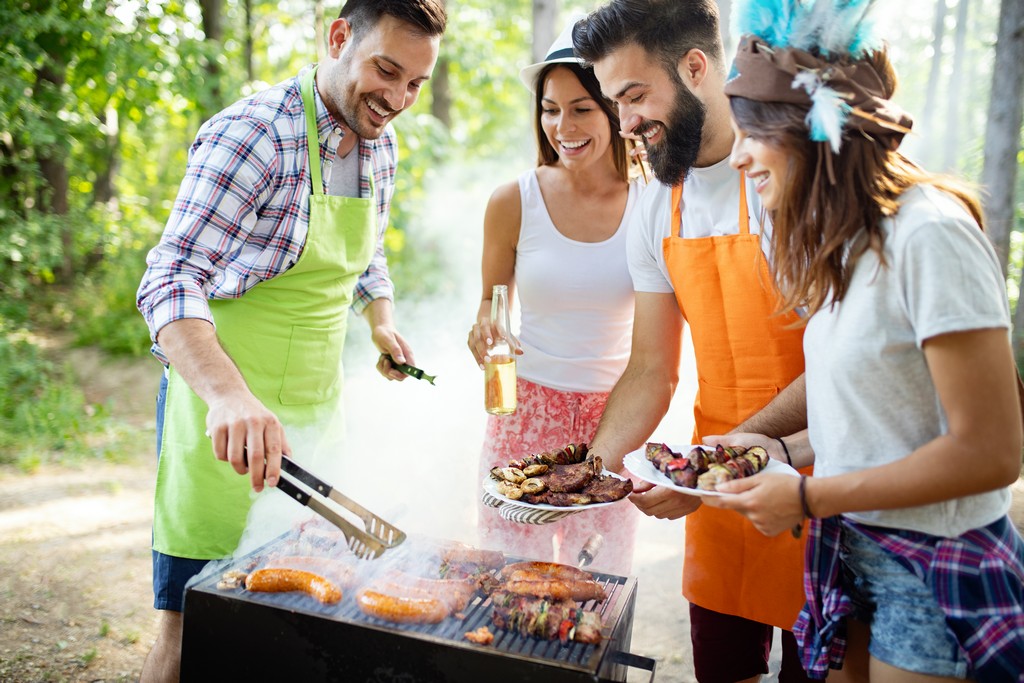
Labor Day is a U.S. national holiday held on the first Monday of September and pays tribute to the contributions and achievements of American workers. For most though, it marks the last weekend to enjoy summer and the start of the new school year.
So, if you’re rolling out the grill for the last weekend of the summer, be sure to also roll out your grilling food safety principles and procedures when cooking outdoors.
Grilling Like a PRO
P = Place the thermometer in the center of the food on the grill to record an internal temperature.
R = Read the temperature. Safe temperatures are:
- Hamburgers, ground meats – 160° F
- Chicken, poultry – 165–180° F
- Medium-rare steak – 145° F
- Medium steak – 160° F
- Well-done steak – 170° F
- Reheating cooked meats (e.g., hot dogs) – 165° F (or until steaming hot)
O = Off the grill. Place the cooked food a clean plate.
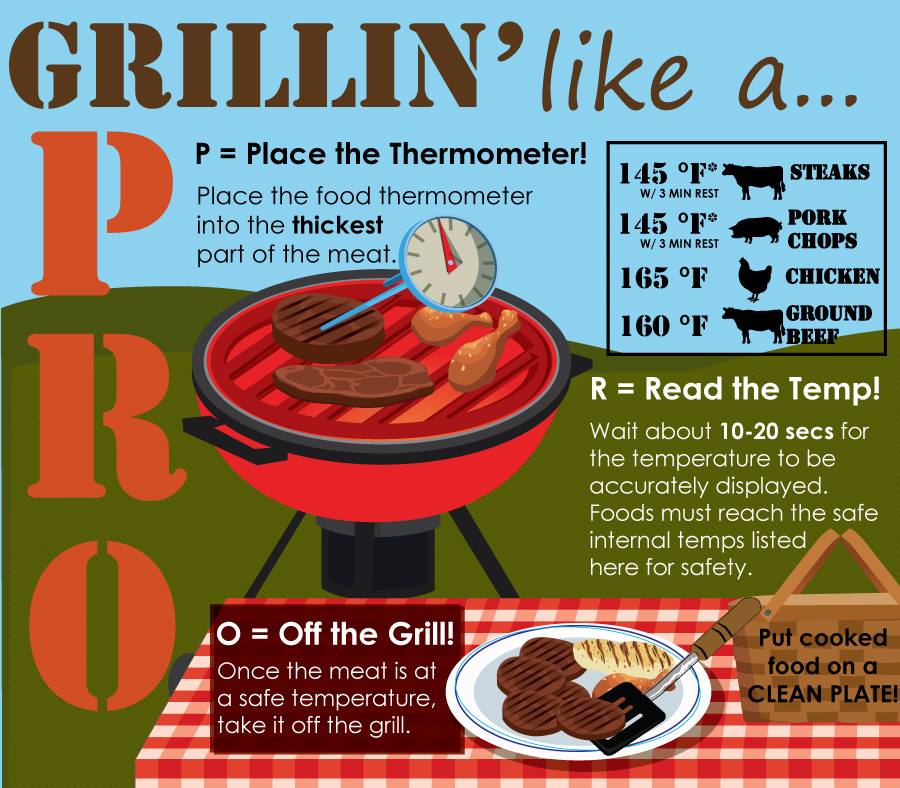
Food Safety Steps

Clean
It seems basic, but not everyone does it. Wash hands well and often with soap and water for at least 20 seconds, especially after using the bathroom and before cooking or eating. If you’re in an outdoor setting with no bathroom, use a water jug, some soap, and paper towels. Consider carrying moist disposable towelettes for cleaning your hands.
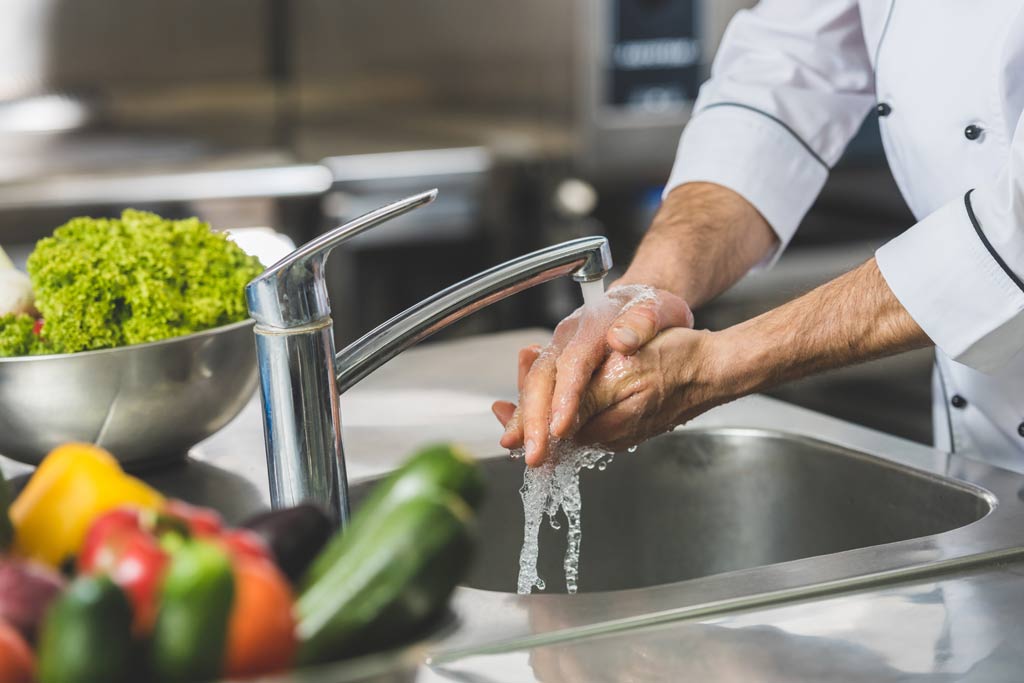
Separate
Keep raw food separate from cooked food.
Don’t use a plate that previously held raw meat, poultry, or seafood for anything else unless the plate has first been washed in hot, soapy water. Keep utensils and surfaces clean.
Marinate food in the refrigerator, not out on the counter.
And if you want to use some of the marinade as a sauce on the cooked food, reserve a separate portion. Don’t reuse marinade that contained raw meat.

Cook
Cook food thoroughly.
To kill any harmful bacteria that may be present, use a food thermometer. Color alone does not guarantee safe food because food browns very fast. The only way to know whether meat is grilled to a safe internal temperature is to insert a food thermometer into the center of the food.
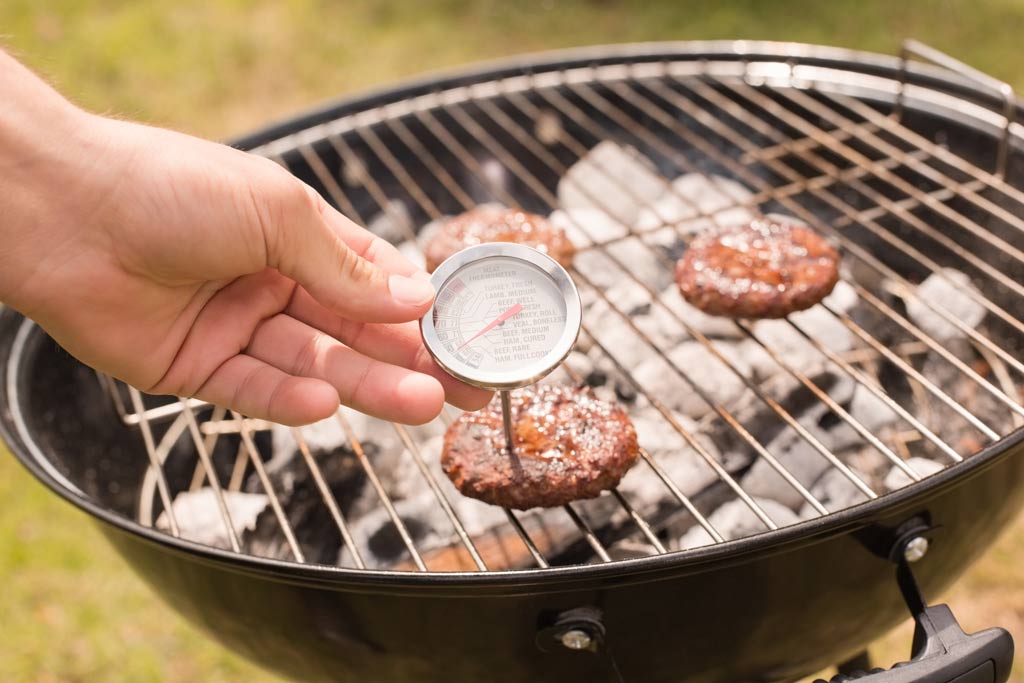
- Hamburgers, ground meats – 160° F
- Chicken, poultry – 165–180° F
- Medium-rare steak – 145° F
- Medium steak – 160° F
- Well-done steak – 170° F
- Reheating cooked meats (e.g., hot dogs) – 165° F (or until steaming hot)
Keep food covered when you’re not eating it to prevent insects from making a snack of your meal. Bugs pick up germs on their feet and bodies and then deposit those germs wherever they land. If you see an insect crawling on your food, throw that piece away.
USDA: Grilling Like a Pro
Chill
Refrigerate and freeze food promptly.
It can be hard to remember while a party is going on, but food should not be left out of the cooler or off the grill for more than two hours. Never leave food out for more than one hour when the temperature is above 90°F.
Keep food covered.
Keep food covered when you’re not eating it to prevent insects from making a snack of your meal. Bugs pick up germs on their feet and bodies and then deposit those germs wherever they land. If you see an insect crawling on your food, throw that piece away.

National Fire Protection Association (NFPA) – Fire Safety
The NFPA demonstrates the proper way to use your grill safely to prevent fires.
Additional Food Safety Resources
- Grill it Safe When Cooking Outdoors E-Card (Aug 2013; PDF)
- Grill it Safe Card (PDF) | Side 1, JPG | Side 2, JPG
- En Español: Side 1, JPG | Side 2, JPG
- Four Steps to Food Safety from our Founding Fathers (Flickr)

















